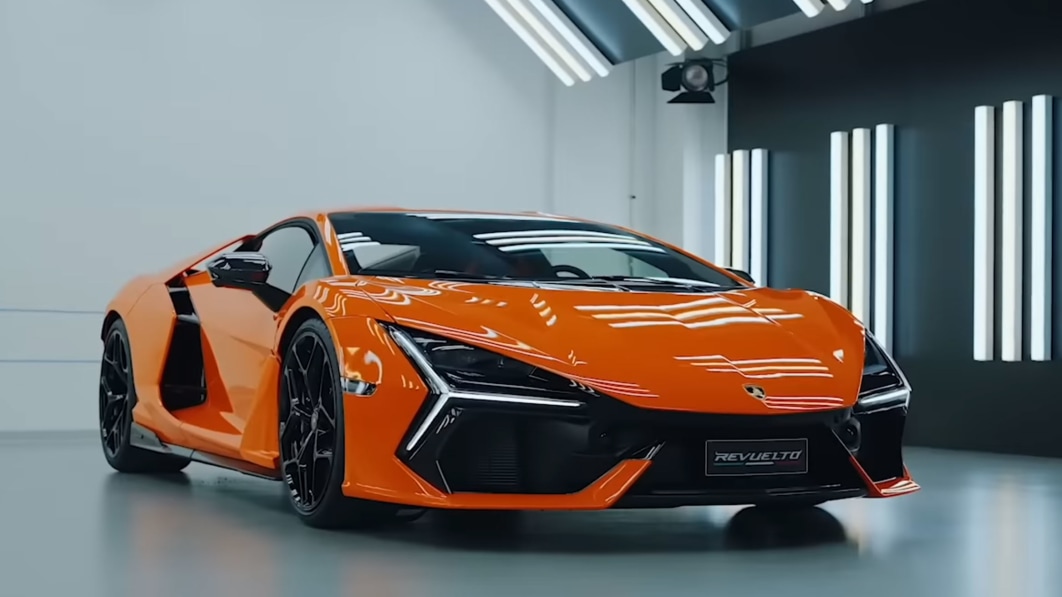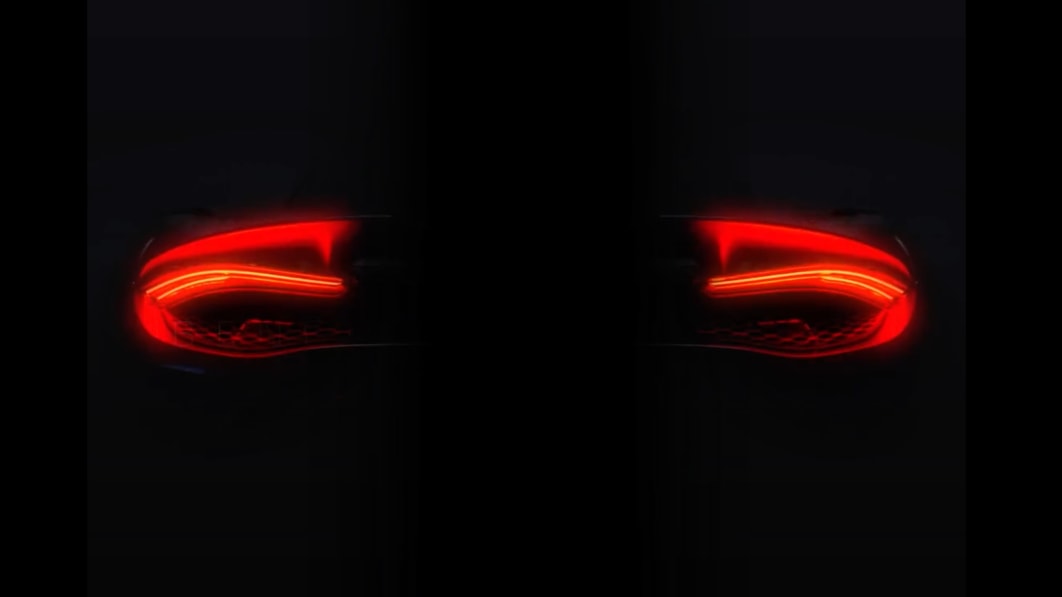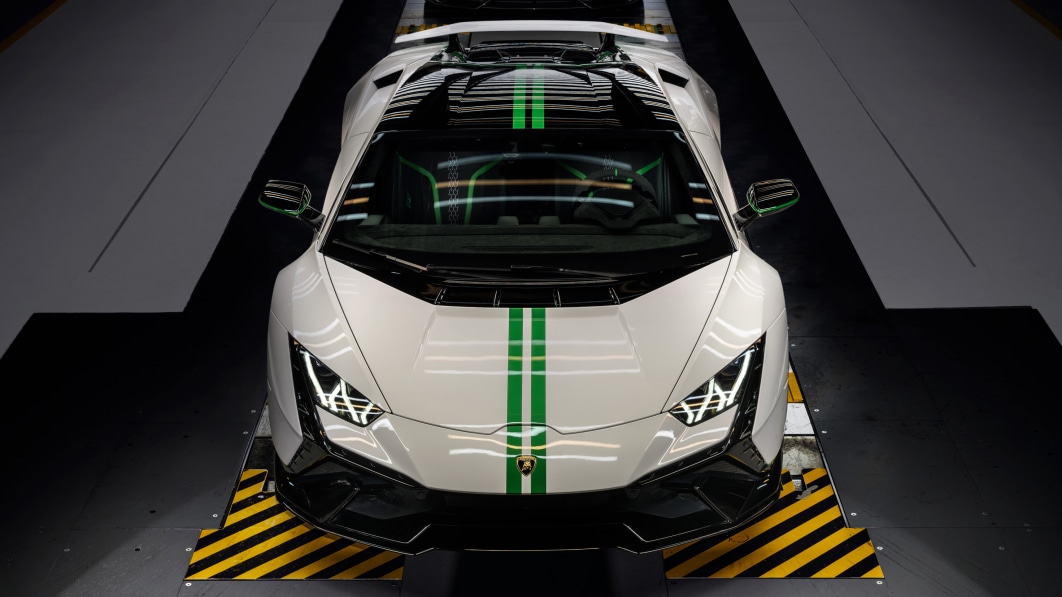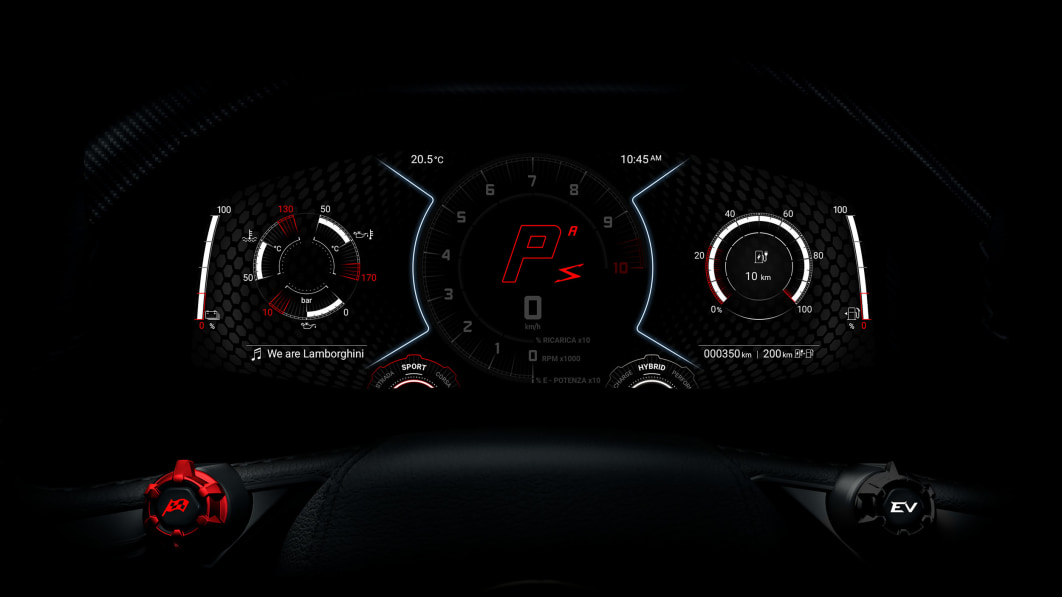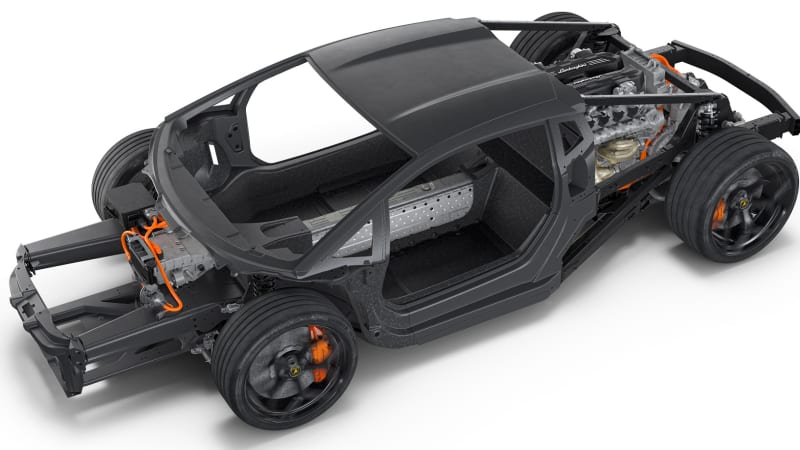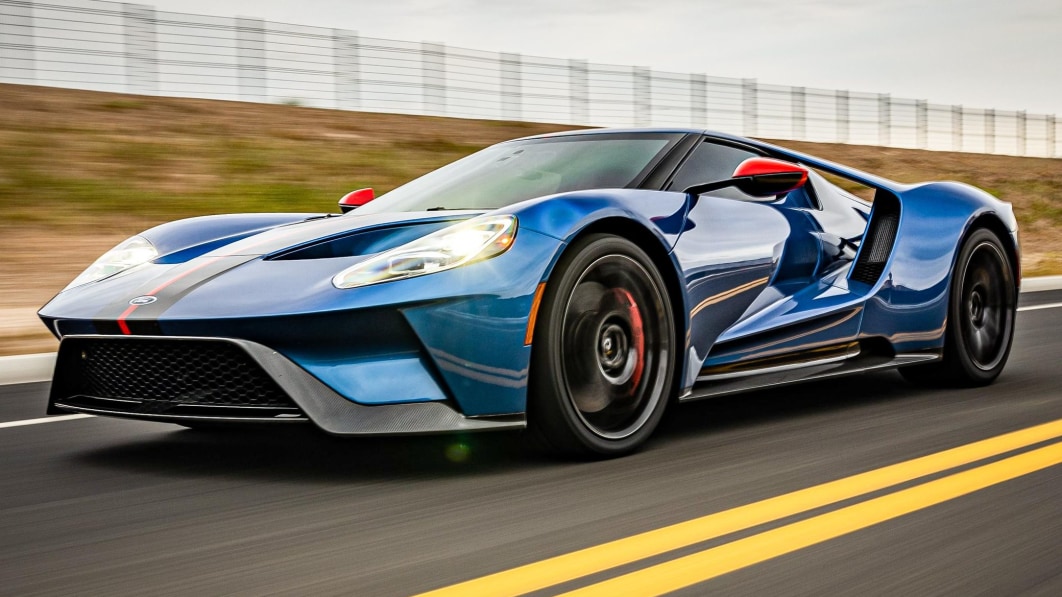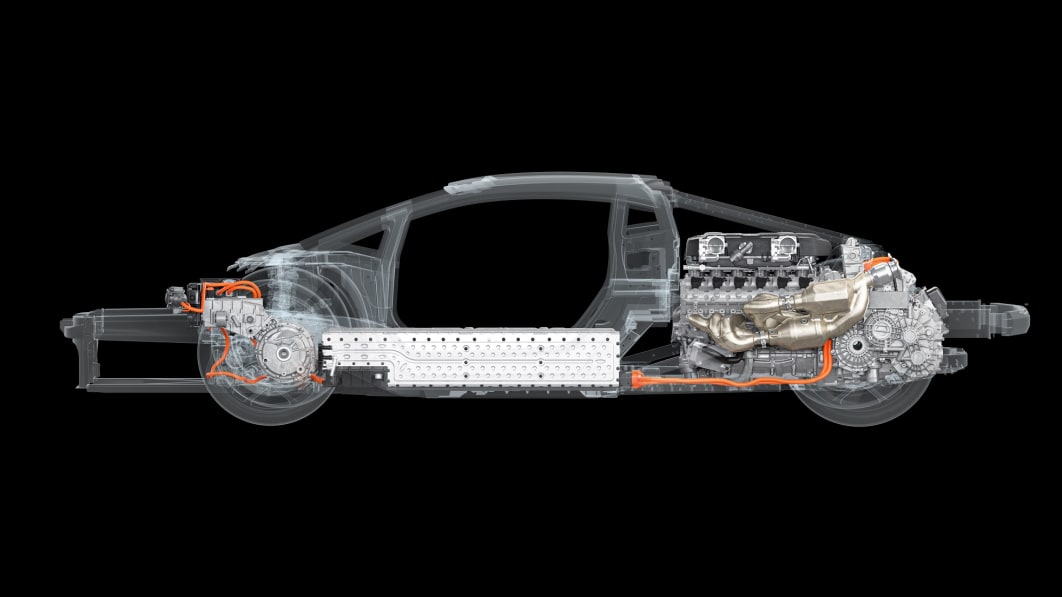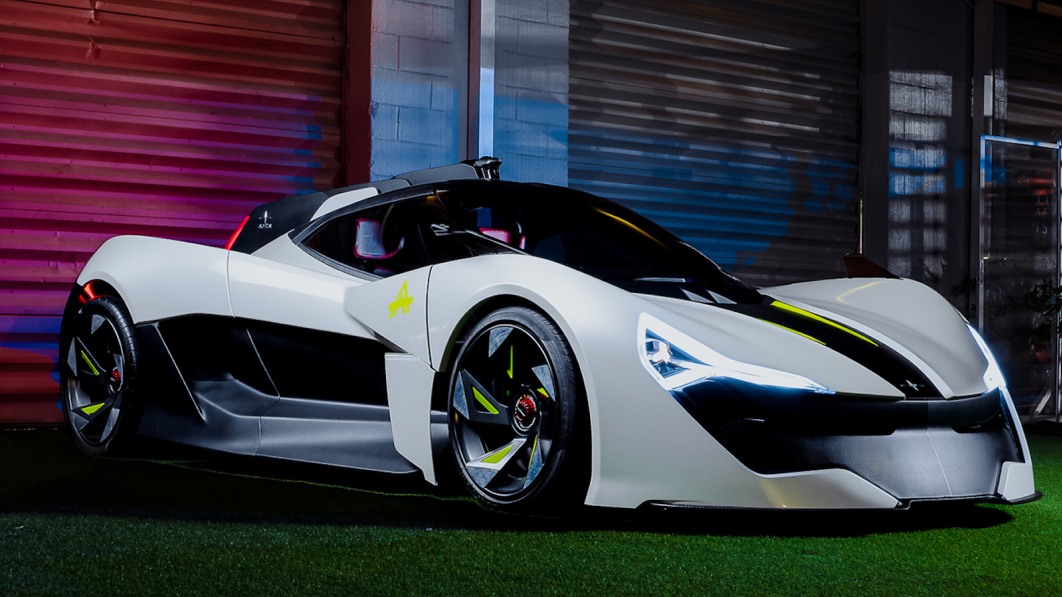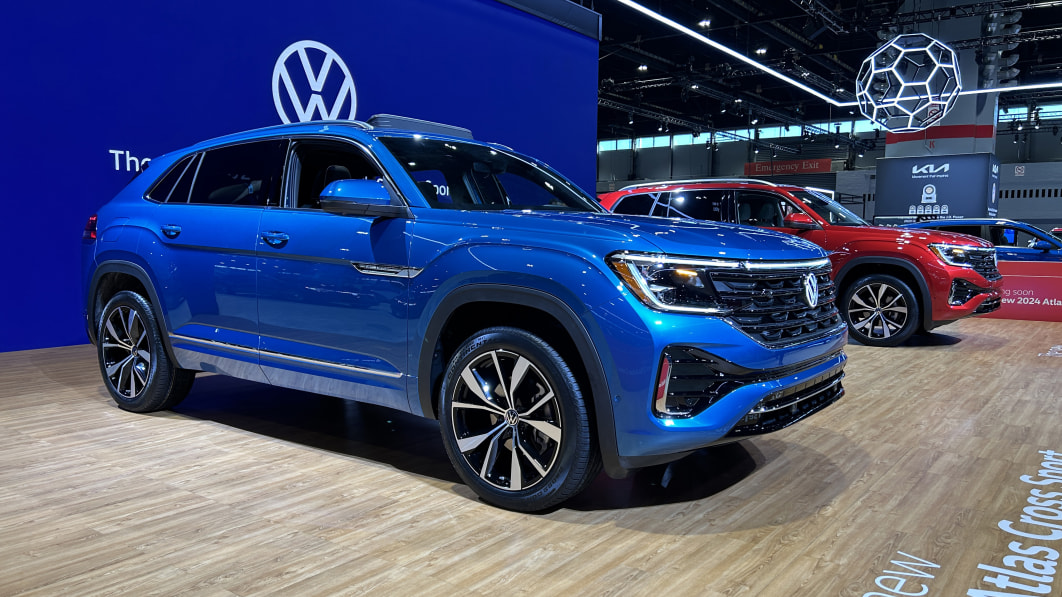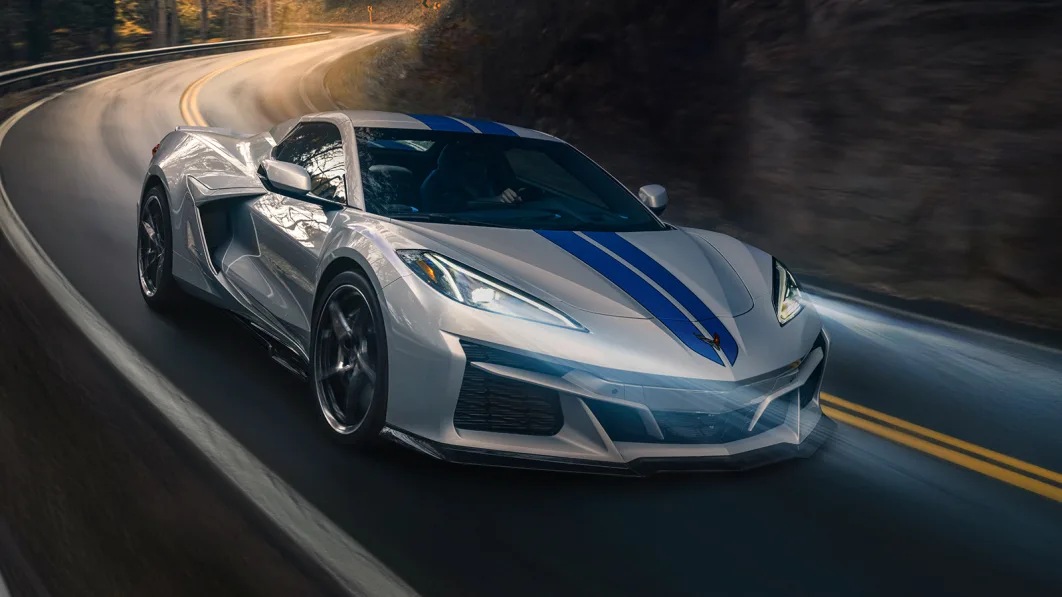Ferrari supercar spy photos may show LaFerrari successor
Ferrari has made big news with the launch of its first ever crossover in the Purosangue, perhaps to the chagrin of the Ferrari faithful. But it seems the supercar builder will have something for traditional fans soon. Spy photos show a serious-looking prototype, and we suspect it’s a successor to the automaker’s last flagship, the LaFerrari.
This prototype does still look like a fairly early prototype, sporting slightly blocky bodywork and parts bin lights. We’re also not expecting the giant fixed rear wing to appear on the final product, especially since it looks like the struts are mounted in slots where a retractable piece would go.
But there’s still plenty to glean. The center section of the body, mainly the cockpit and roofline are probably close to production. That cockpit is particularly narrow, and, like the LaFerrari, features a door panel that goes into the roof, likely to aid entry, and a rear window that tapers toward the rear, boat-tail style. The overall body is also fairly rudimentary, but between the substantial width, aggressive diffuser and giant wing, this car will probably have impressive amounts of downforce.
There’s still a lot that’s unknown about this new supercar. The powertrain is probably the biggest mystery. We’re willing to bet it will be a hybrid of some sort, just as the LaFerrari was and as more modern Ferraris such as the 296 GTB are becoming. The number of cylinders is the question, as well as whether forced induction will be used. It would be nice to see one final top-end application of a Ferrari V12 before emissions and fuel economy regulations make it non-viable.
Also, while this prototype suggests there’s still a decent amount of development remaining, we wouldn’t be surprised if the car is revealed in the next year or so. Ferrari has a rough cadence of 10 years between flagship supercars starting with the F40. That has fluctuated by a year or two either way, but with that in mind, we’re coming up on a decade since the launch of the LaFerrari.
Related video:



